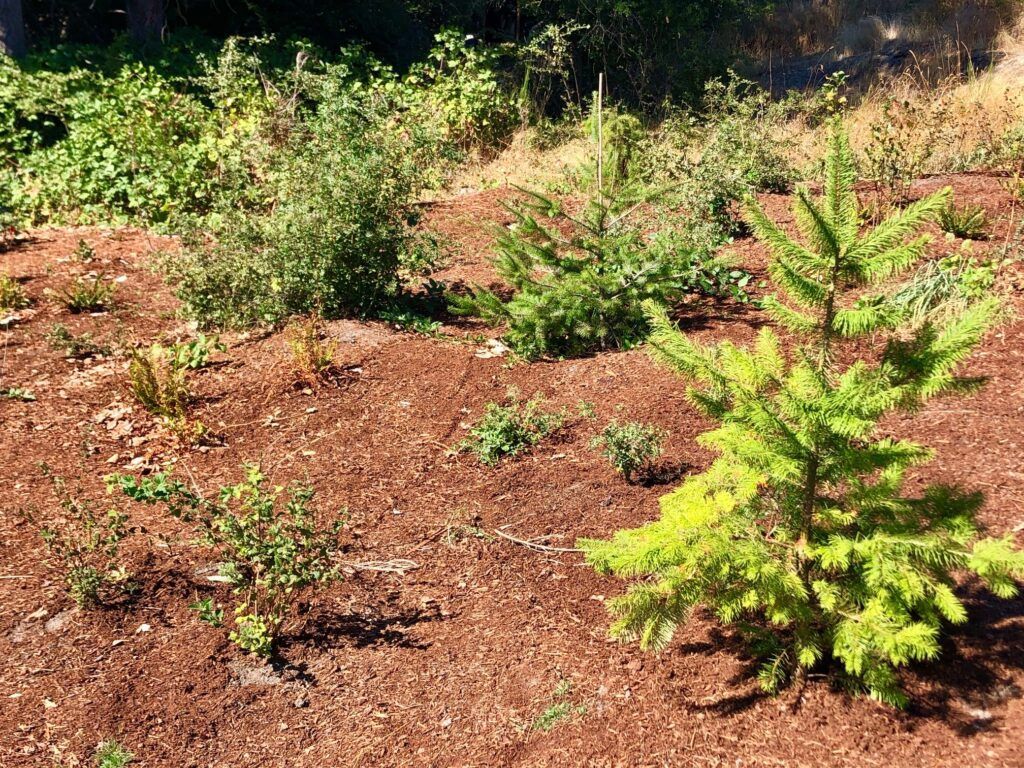
Native plants are adapted to our local soils and climate conditions. If native species are planted in the right spots, they will be very low maintenance and require less water and fertilizers.
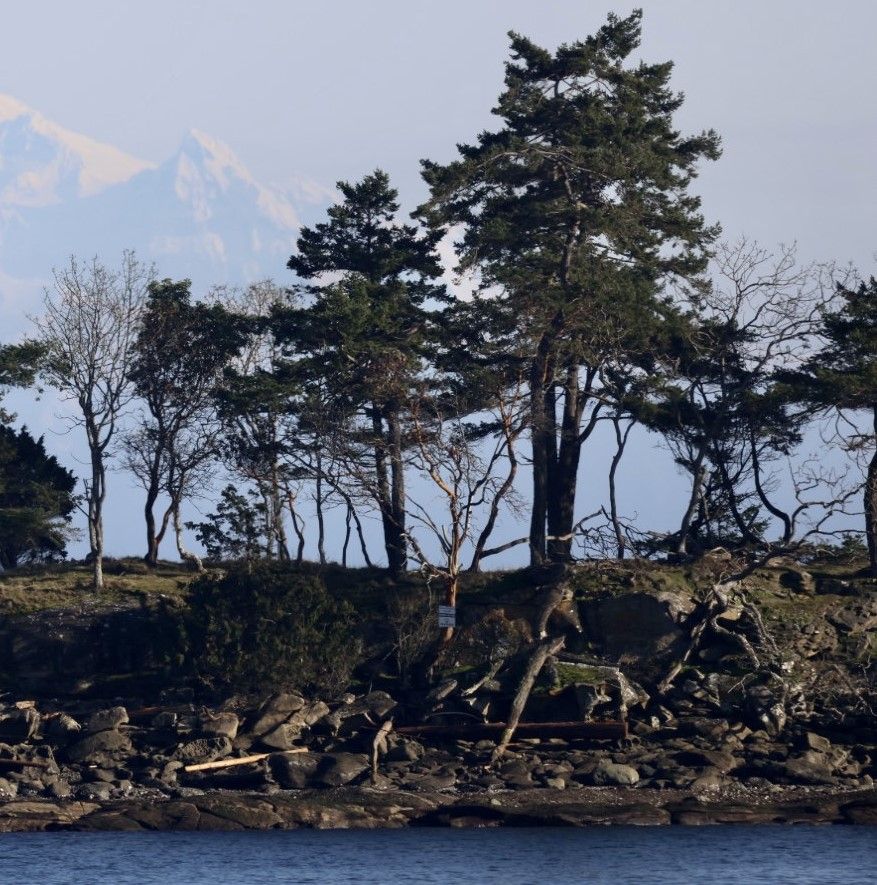
Keeping native plants in your garden supports the broader ecosystem including salmon, birds, insects, and terrestrial animals which have all evolved together and are dependent on each other.
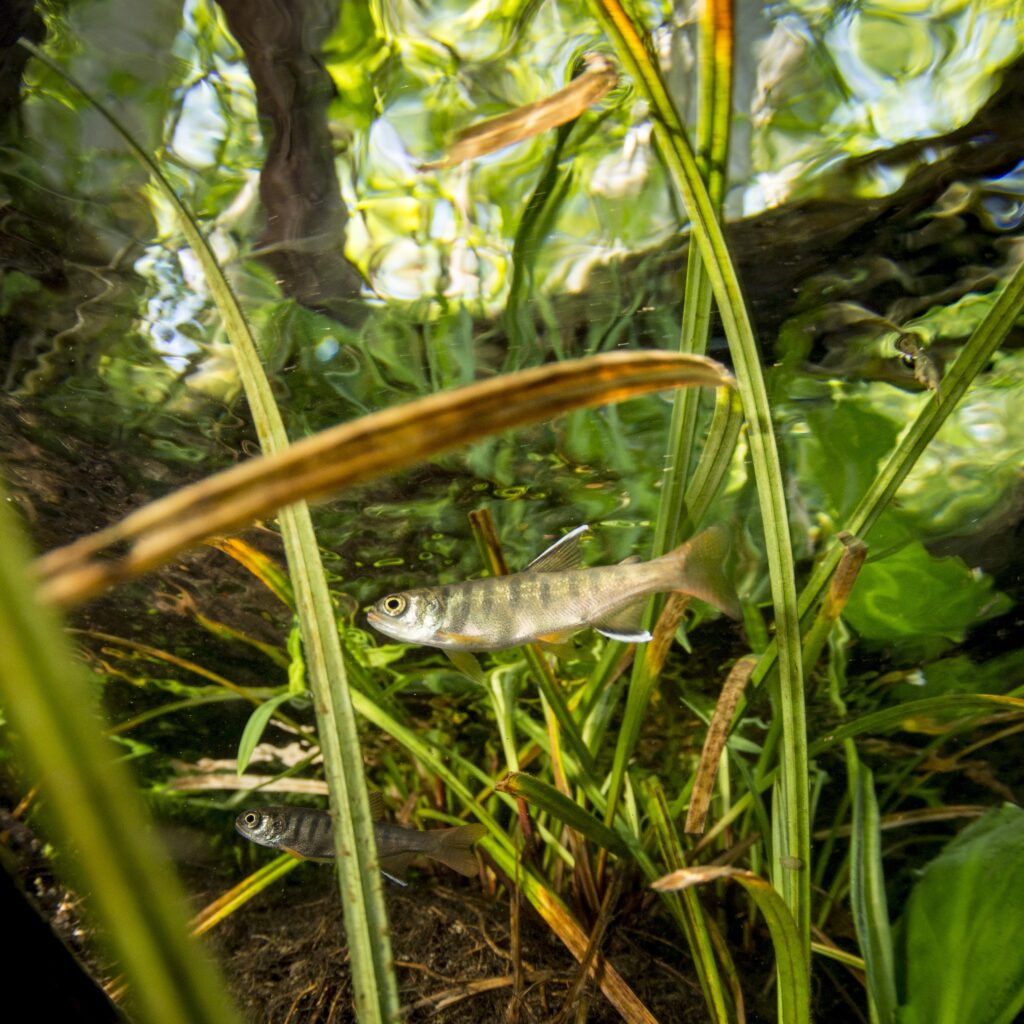
Native plants are adapted to local soils and climatic conditions and therefore require less resources such as water and fertilizers which keeps streams healthy for salmon.
So, if you are thinking about starting a native garden, let’s jump in to learn more about the benefits of native plants, and how you can include native species on your property!
There are a number of benefits to having native species in your garden. Generally:
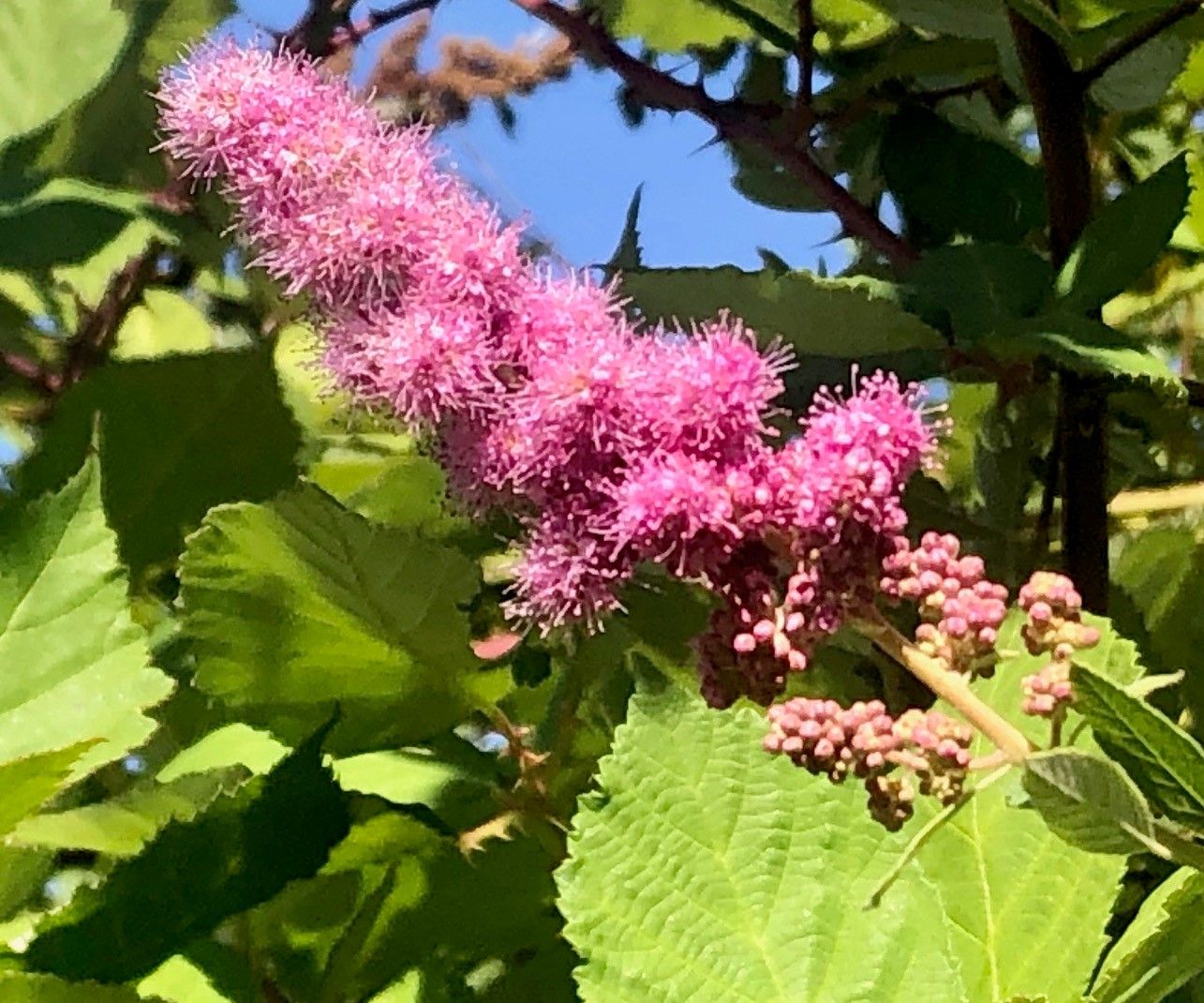
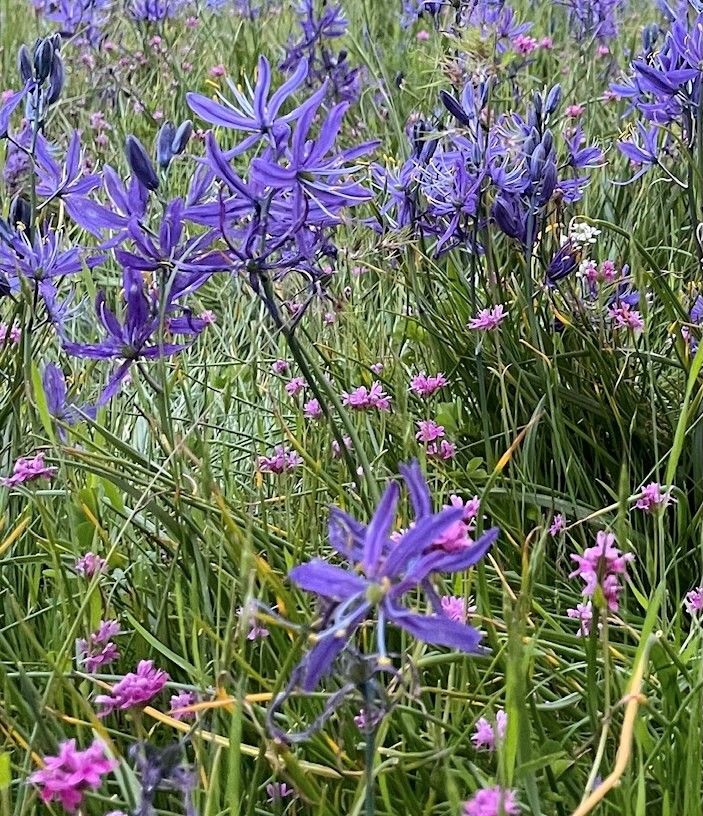
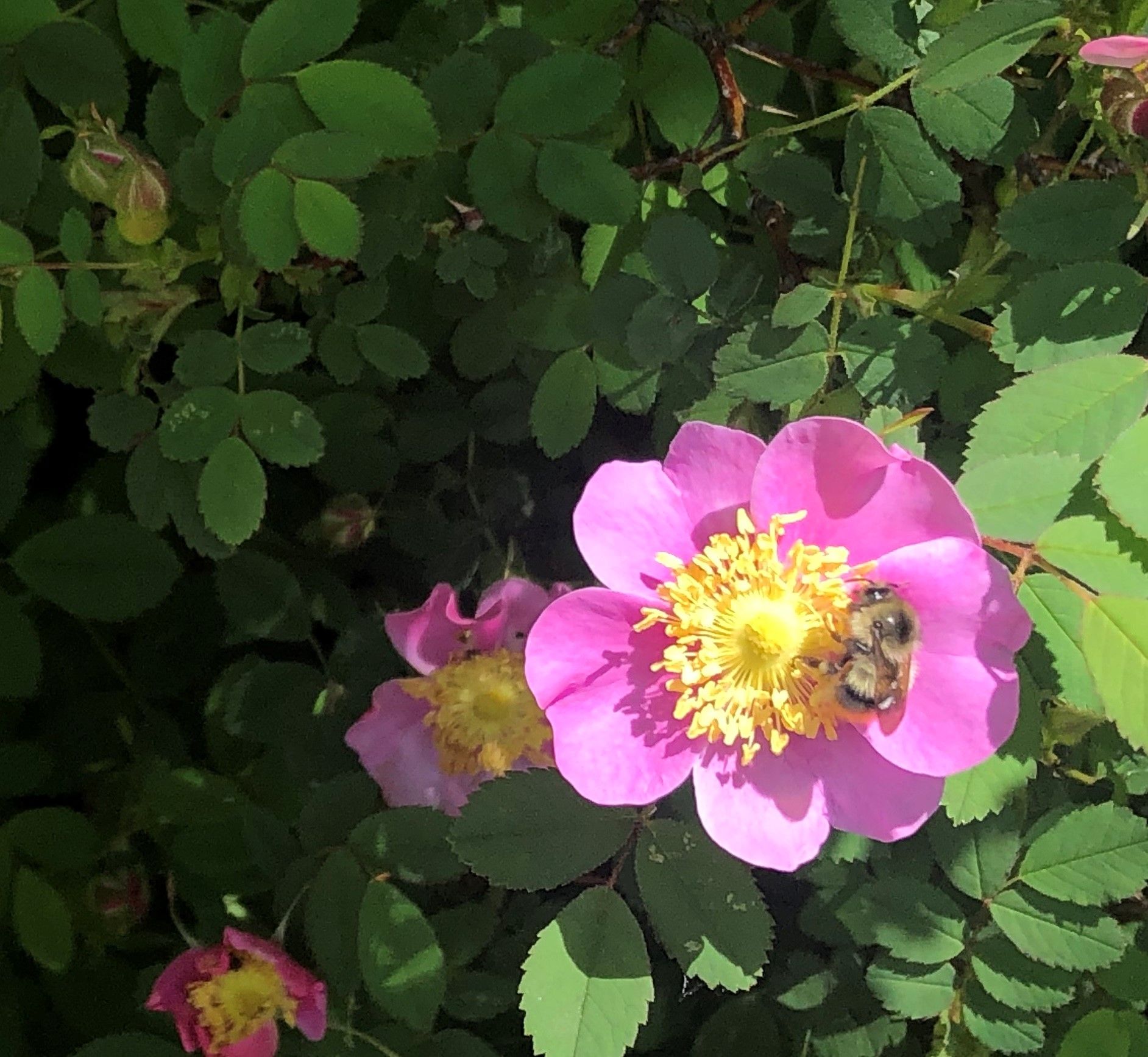
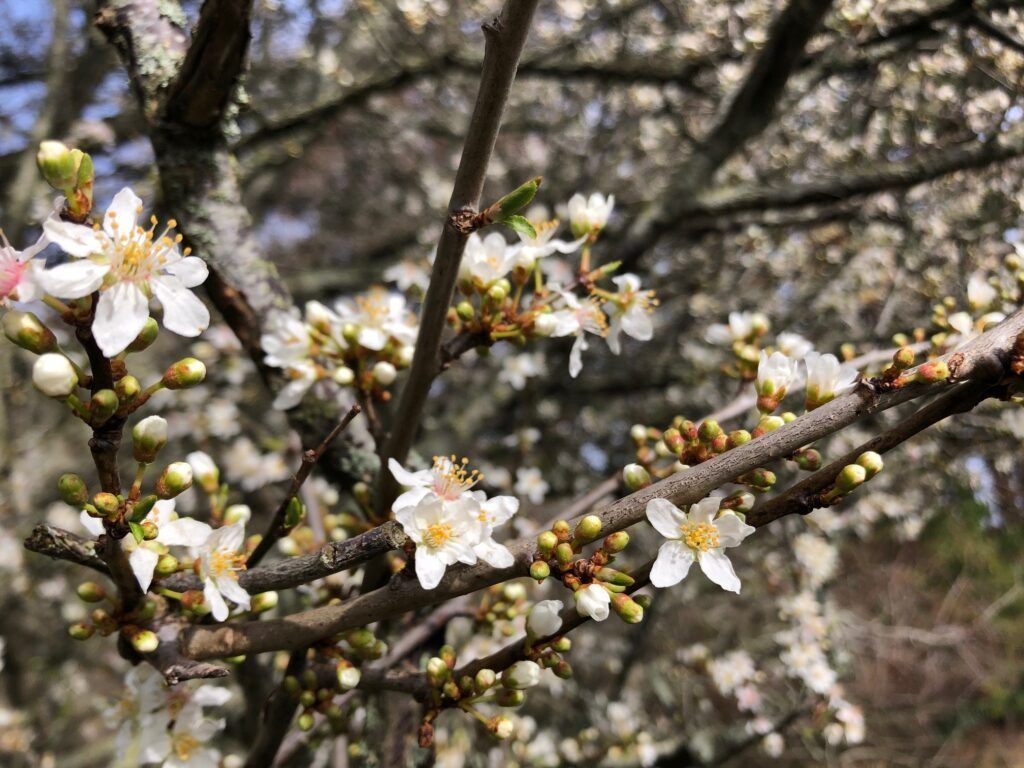
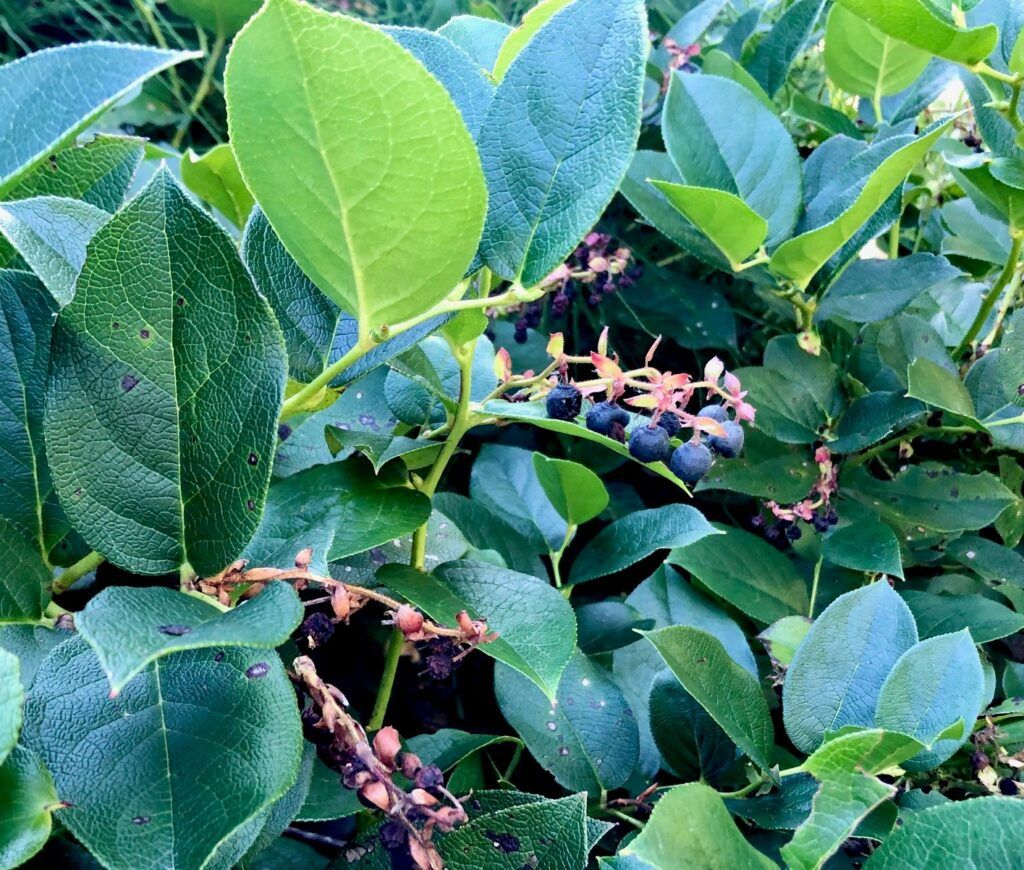
Before planting native species in your garden, you may want to take an inventory of the species that are already there. You may find that you already have some native species that you would like to conserve, or you may have some exotic plants or even invasives that would be beneficial to remove so that your native garden can flourish.
Species with invasive tendencies can out-compete native species that are more beneficial to local organisms, deplete soils of nutrients, and can reduce the biodiversity of the ecosystem overall.
Step 1: Identify
It important to correctly identify the species first so that we can choose the most appropriate method for removal. There are a number of resources you can access to help you name that plant:
Here are some common invasive species you may find in your garden:
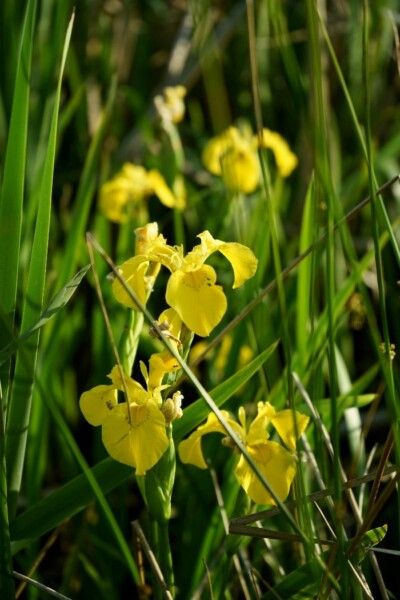
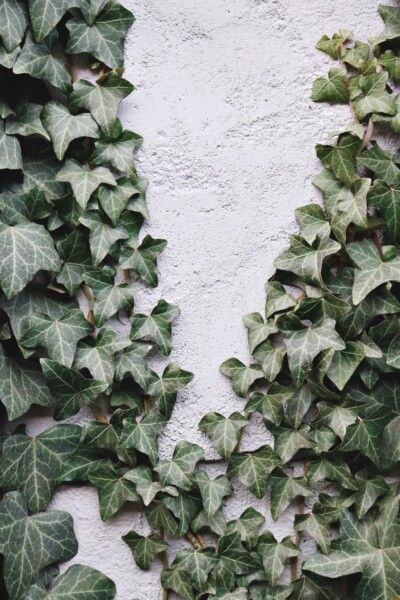
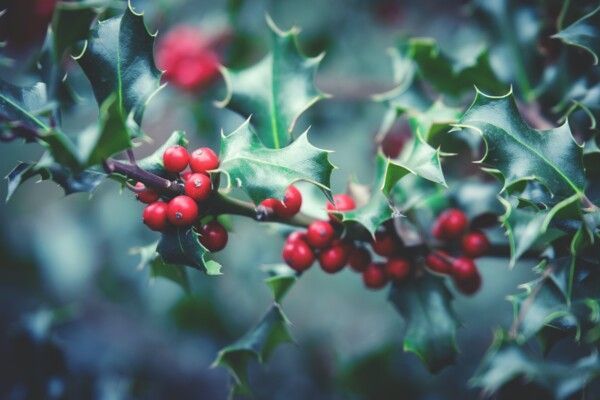


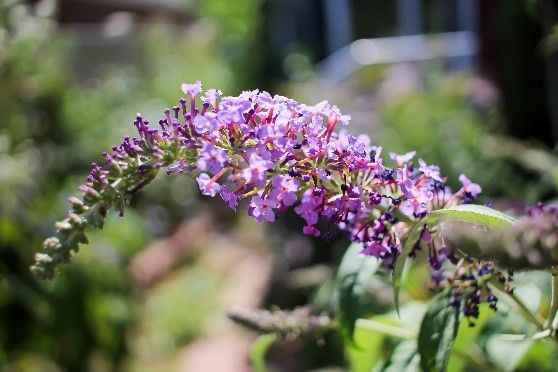
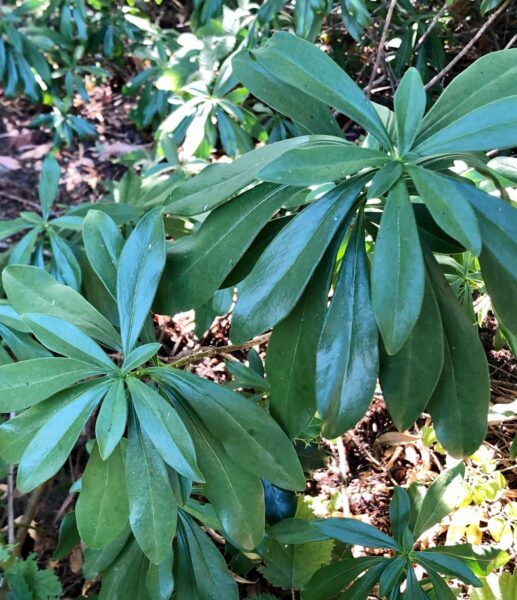
You might be surprised to know that even some of the most common garden flowers are not native, and have invasive tendencies. Butterfly bush, for instance, is not an ideal garden flower since it produces a large amount of seeds, which helps it spread to open areas like roadsides and forest edges.
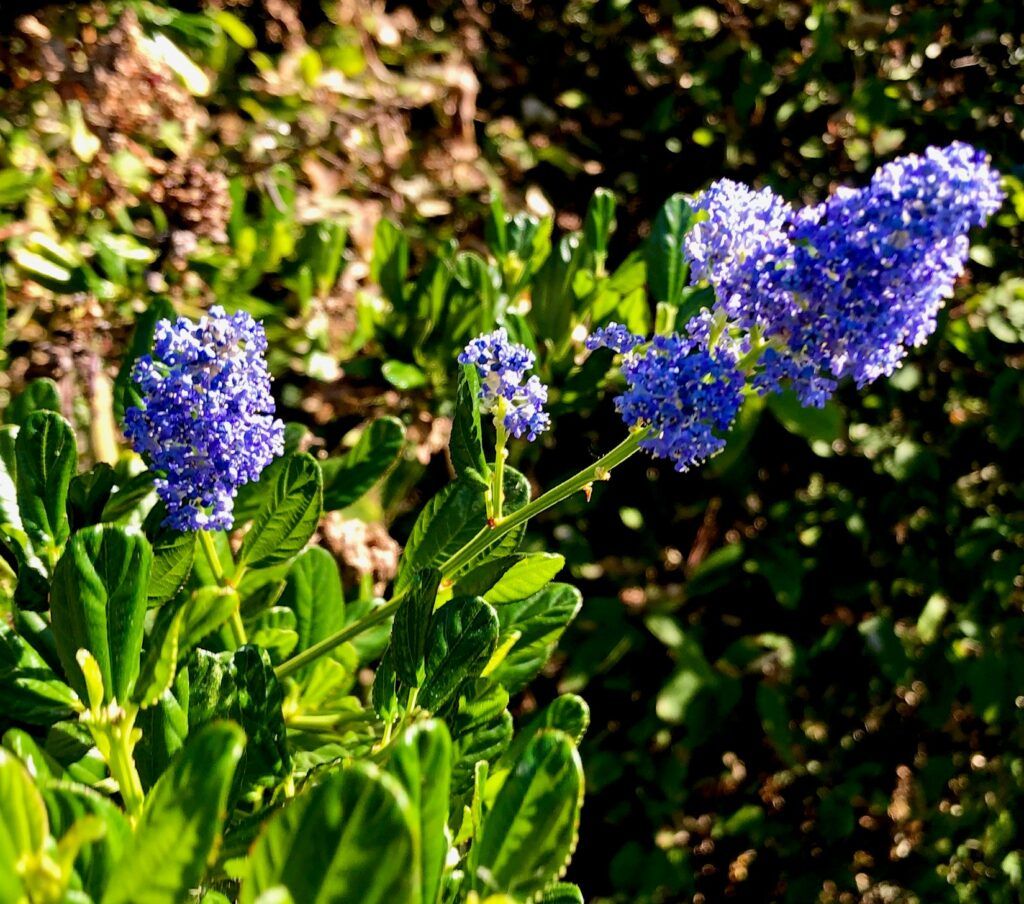
Instead, opt for California lilac (pictured on the left) or a Red-flowering currant. Not only are these species beautiful and fragrant, they are also suited to local conditions and will attract native pollinators. Fortunately, there are many native plants that serve the same function (e.g. attracting pollinators, stabilizing slopes) and have a similar aesthetic as common exotic species. Check out this Grow Me Instead resource the BC Invasive Species Council to find alternatives to common invasive plants, tailored to BC gardens!
Even if a particular non-native plant is not actively taking over your garden, they can outcompete native varieties and cause havoc in systems outside of your property. Yellow flag Iris, for one, has become an extremely problematic species in the estuaries of BC. These brilliant yellow flowers were originally brought over from Europe and western Asia as a beautiful garden variety. However, their resilient seed pods have been carried down streams and into our estuaries where they have made a stamp in the marsh ecosystems. It is important to consider the impacts of the plants we choose in our garden, because often those impacts are much further-reaching than we would expect.
Step 2: Remove
Removing invasive species is hard work, but by doing so you are helping reduce the spread, and offering a sanctuary where diverse native plants can grow.
Now, for the fun stuff! Selecting suitable species and planning your beautiful garden!

Tips for building your native plant garden with pollinators, such as beautiful native swallowtail butterflies, bees and even birds in mind:
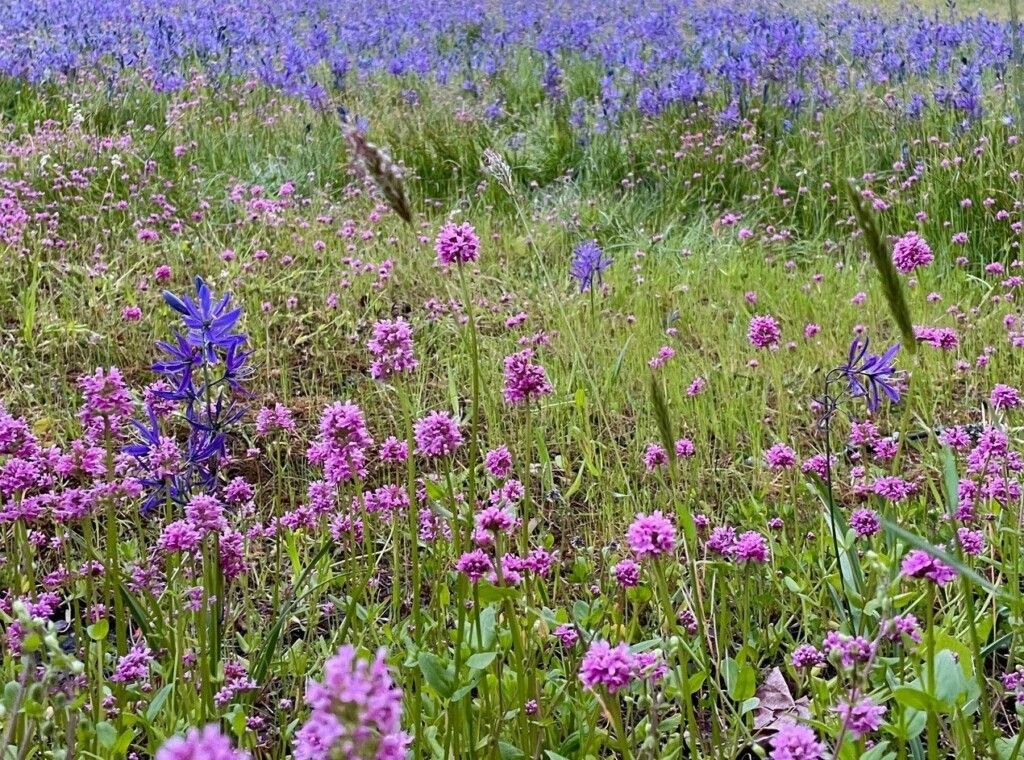
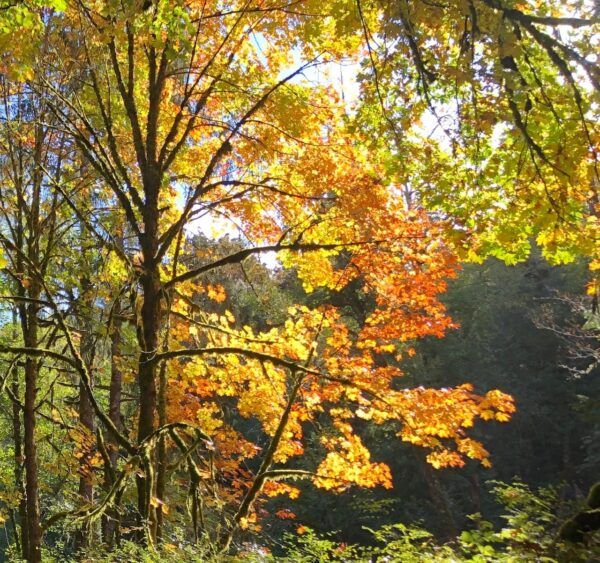
Big leaf maple (Acer macrophyllum)
This deciduous tree has so much to offer! Nesting habitat, shade, plus it supports the growth of other smaller species upon it (these are called epiphytes) such as club moss (Selaginella oregano), and lichens (Cladonia, Nephroma, and Crocynia spp.). Not to mention, when the leaves fall in the autumn, you can use them as mulch in your garden beds.
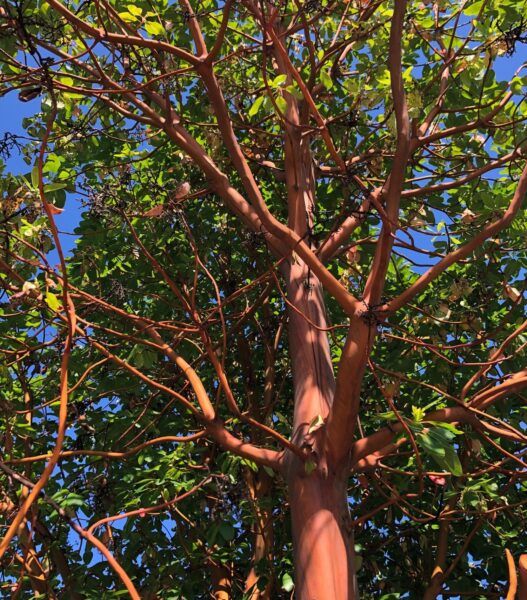
Arbutus or Pacific Madrone (Arbutus menziesii)
If you are looking to have lovely green foliage all year, Arbutus in the only native broad leaf evergreen tree in Canada! It thrives in dry coastal areas around the Strait of Georgia.
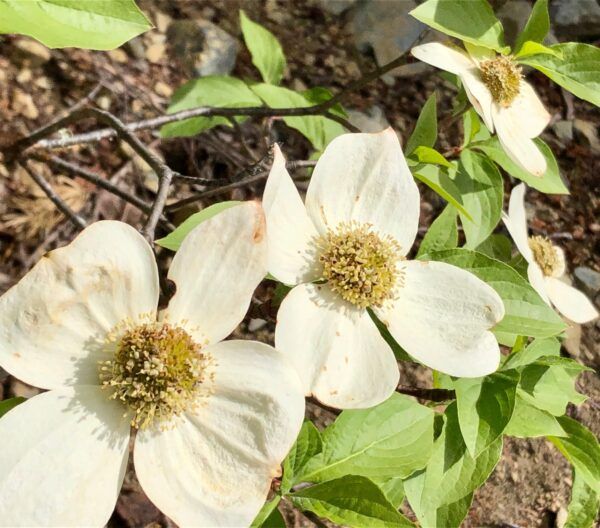
Pacific Dogwood (Cornus nuttalii)
Known for their spring show of flowers (which are actually modified leaves), Dogwood is the floral emblem of BC and a protected species. The trees are wonderful showy garden additions.
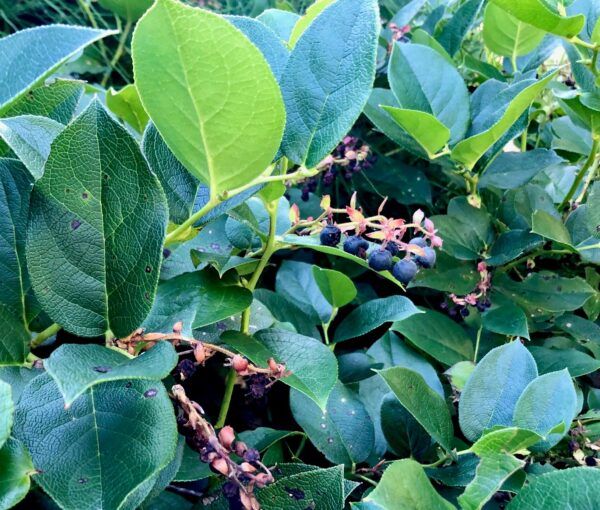
Salal (Gaultheria shallon)
Salal makes a great riparian buffer. It loves growing near the coast, is salt-tolerant, and provides berries that are a historically important staple food in the diet of many Coastal First Nations. Other native berries you could consider adding to your garden are huckleberry, Oregon grape and salmon berry.
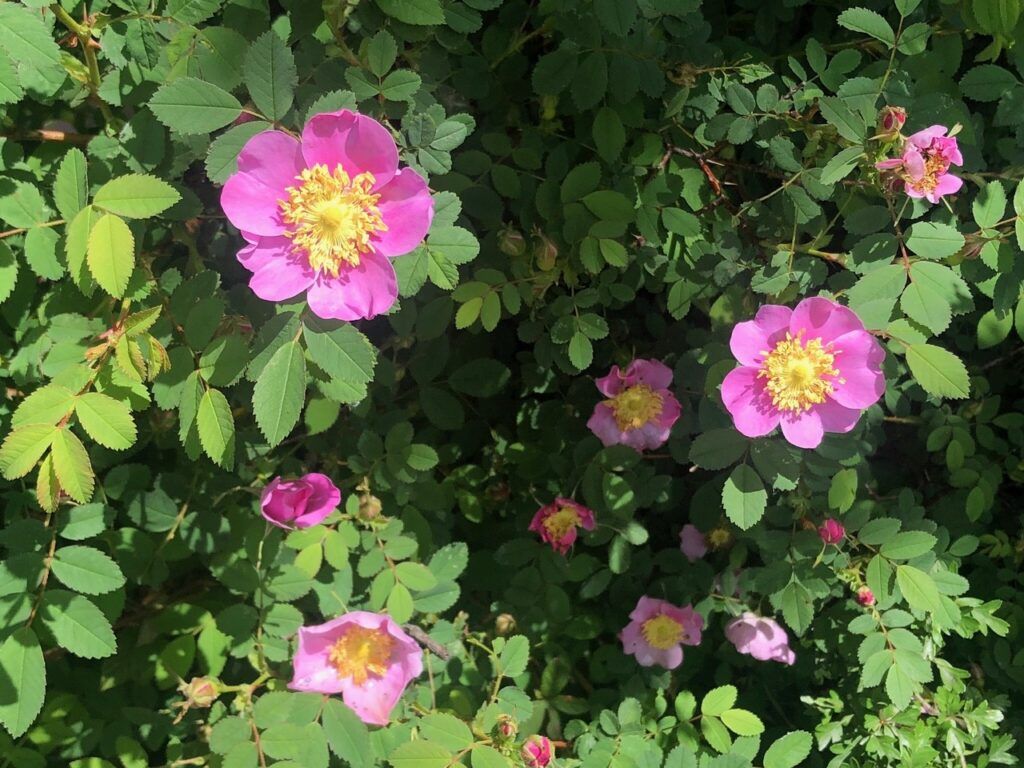
Nootka Rose (Rosa nutkana)
Everyone loves roses, why not grow our beautiful wild roses!

Native ferns
Ferns, which are typically under story plants, make excellent additions to the shady parts of a garden. Native species, such as the pictured Deer fern (Blechnum spicant) or Sword fern (Ploystichum munitum) are green all year.
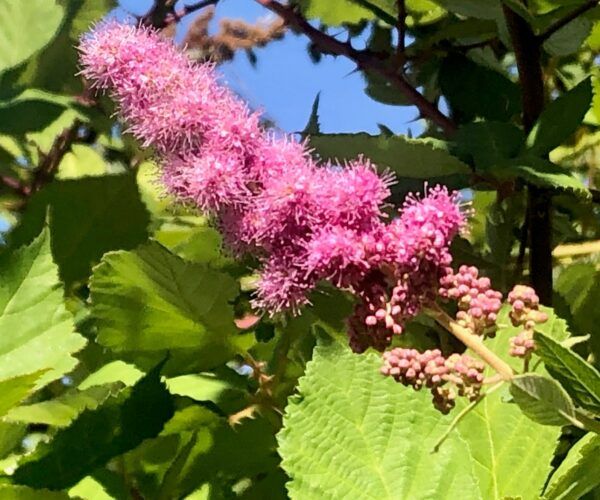
Hardhack/ steeplebush / rose spirea (Spiraea douglasii)
Perfect for your native plant rain garden, as it loves swamps and moist soils! Its beautiful pink/purple clustered blossoms will bring a nice fragrance to your yard in the spring.
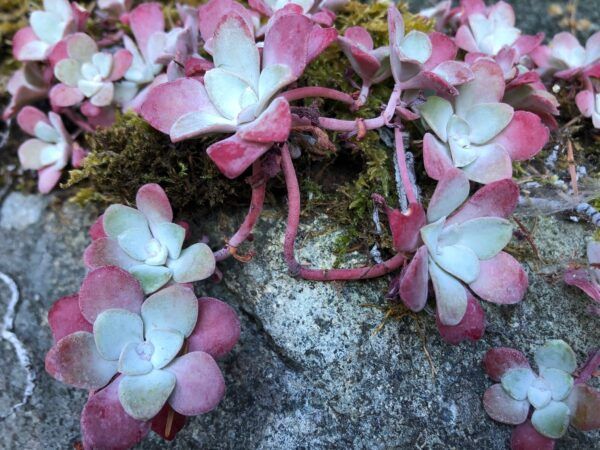
Broad-leaved stonecrop (Sedum spathulifolium)
Need a hardy little ground cover for a sunny rocky spot? Try a native succulent such as the Broad-leaved stonecrop which produces stocks of yellow flowers in early summer and their leaves form cute fleshy rosettes.
There are many places to learn about planting a native garden, including nurseries that specialize in supplying plants that are native to BC. Native plants are often available at other nurseries, but native plant nurseries will have a focus on providing not only native species, but plants that were grown locally.
Click on the map to be linked to an interactive version to find a local plant nursery that specializes in natives species. Visit these nurseries to source your plants. Do not harvest native plants from parks or other areas so as not to disturb natural areas. Do you own a local native plant nursery business? Get in touch so we can add you to this map! Email ksheehan@psf.ca with your business info.
There are lots of things you can do to make your garden greener! Consider adding a rain garden to your yard, creating your own compost, and learn about what pesticides are particularly harmful. Also check out our Green Gardening Tool Kit article for other ways to support biodiverity and conserve water.
Photo credit: Maria Catanzaro, Nicole Christiansen, Ando Shev on Unsplash, Madison Inouye on Pexels, Lum3n on Pexels, Kyla Sheehan, Crystal Jo on Unsplash, Noah Boyer on Unsplash